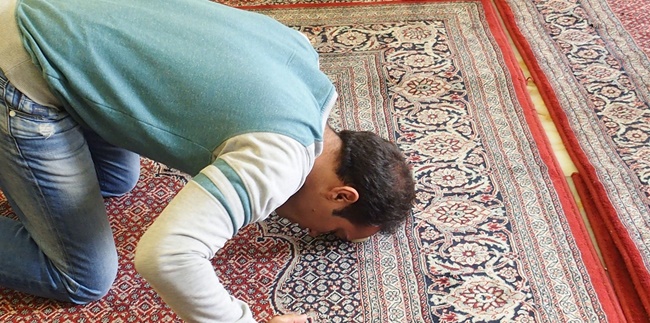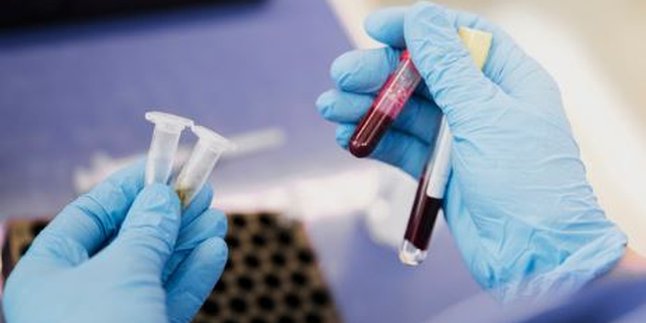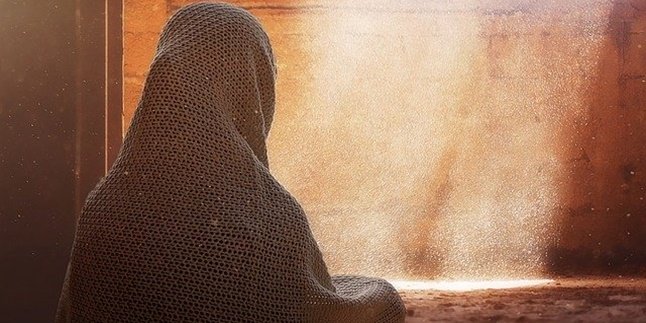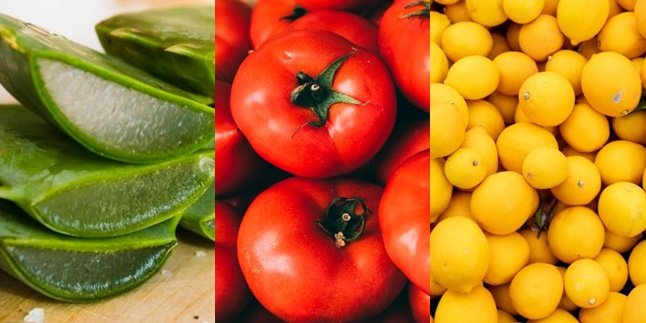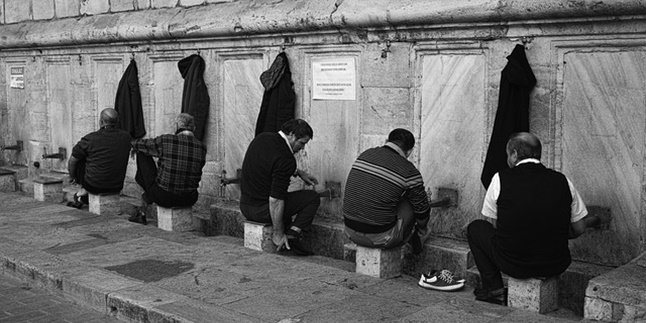Kapanlagi.com - Being grateful to Allah SWT is a way for a servant to express gratitude for all the blessings in life. One way to express gratitude to God is through the prostration of gratitude. Therefore, it is necessary to learn the procedure for performing the prostration of gratitude and its prayer.
The prostration of gratitude is performed when a servant receives a blessing. When given a blessing, it is only right to be grateful to the giver of the blessing, Allah SWT. As humans with all their weaknesses, it is indeed fitting to always be grateful for the blessings received.
The Prophet Muhammad (SAW) has exemplified how the prostration of gratitude is performed when a servant receives ease and good news. As mentioned in HR Ibnu Majah,
Meaning: "When the Prophet Muhammad (SAW) encountered ease and good news, he immediately prostrated himself to Allah SWT."
As for its legality, performing the prostration of gratitude is a recommended act, which means it is not obligatory to perform but it is a form of worship and will be rewarded if done. So it would be good to perform the prostration of gratitude when receiving extraordinary blessings from Allah SWT.
So how is the procedure for performing the prostration of gratitude?
The procedure for performing the prostration of gratitude is very easy to follow. Because performing sujud syukur is similar to performing prayer and reading the Quran. However, performing sujud syukur is not recommended to be done while performing prayer.
If someone performs sujud syukur during prayer, then the prayer becomes invalid. Therefore, performing sujud syukur during prayer is not recommended. So, sujud syukur can be done outside of prayer at any time when receiving blessings from Allah SWT.
Here is the procedure for performing sujud syukur as reported from various sources.
1. Procedure of Prostration of Gratitude
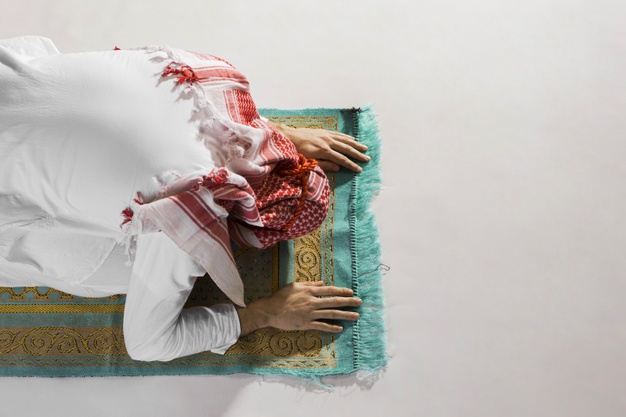
(credit: freepik.com)
To perform prostration of gratitude, the procedure is very easy and can be done anytime and anywhere. Here is the procedure of prostration of gratitude:
- It is recommended to perform ablution.
- Stand facing the qibla.
- Recite the intention for prostration of gratitude:
Nawaitu sujudas syukri Lillahi Ta'aalla.
Meaning: "I intend to prostrate in gratitude to Allah Ta'aalla"
- Perform the takbiratul ihram movement.
- Then perform one prostration.
- Recite the prayer of prostration of gratitude while still in the prostration position.
- Sit as if between two prostrations.
It is very easy, right? So, it can be done when receiving excessive blessings from Allah SWT.
2. Four Conditions for Performing Prostration of Gratitude
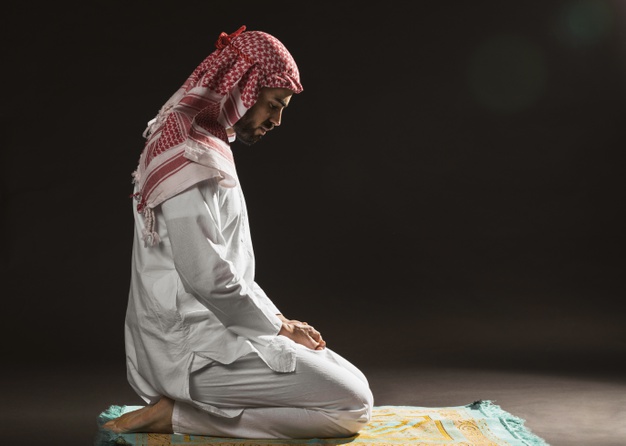
(credit: freepik.com)
There are four recommended conditions for performing prostration of gratitude, as mentioned in Taqiratus Sadidah, Hasan bin Ahmad Al-Kaf, including:
- Receiving blessings: blessings obtained such as the birth of a child, finding lost items, recovering from illness, or obtaining a good education.
- Being protected from danger: this blessing includes being safe from a disaster or calamity.
- Seeing a criminal or sinner: when seeing a sinner, it is recommended to perform prostration of gratitude for being protected from such actions.
- Seeing someone afflicted by a calamity: prostration of gratitude is performed here because of receiving a greater blessing by being saved from being afflicted by a calamity, such as the imperfection of a body part.
These four conditions are the reasons why a servant performs prostration of gratitude. However, for other blessings in life such as the blessing of breath, the blessing of life, or blessings that are repeatedly experienced, the Shafi'i and Hambali scholars are of the opinion that,
"It is not mandated (recommended) to perform prostration of gratitude for blessings that are continuous and never cease."
3. Reading of the Grateful Prostration
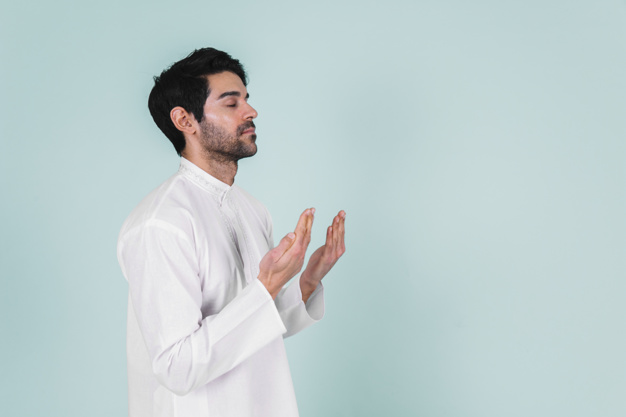
(credit: freepik.com)
- Reciting tasbih, tahmid, and tahlil.
Subhaanallohi walhamdulillaahi walaa ilaaha illalloohu walloohuakbar, walaa haula walaa quwwata illaa billaahil 'aliyyil 'azhiim.
Meaning: "Glory be to Allah, all praise is for Allah, there is no god but Allah, Allah is the Greatest, there is no power or strength except with the help of Allah, the Most High, the Most Great."
- Reciting prayers or expressions of gratitude.
Sajada wajhi lilladzi khalaqahu, wa syaqqa sam'ahu wa basharahu, bihawlihi wa quwwatihi, fatabarakallahu ahsanul khaliqin.
Meaning: "I bow my face to the One who created it, formed its appearance, and opened its hearing and sight. Blessed be Allah, the Best of creators."
- Reciting prayers as mentioned in Surah An-Naml verse 19.
Robbi auzi'nii an asykuro ni'matakallatii an'amta 'alayya wa'laa waalidayya wa-an a'mala shoolihan thardoohu wa adkhilnii birohmatika fii 'ibadikash shoolihiin.
Meaning: "My Lord, inspire me to be grateful for Your blessings that You have bestowed upon me and upon my parents, and to do righteous deeds that please You. And admit me, by Your mercy, into the ranks of Your righteous servants."
So, those are the complete procedures for performing sujud syukur along with the prayers that you can apply when you want to perform sujud syukur. Once again, as a Muslim, it is recommended to always be grateful to Allah SWT for all the blessings given, especially extraordinary blessings like the four blessings discussed above, which are recommended to be thanked for through sujud syukur.
(kpl/nlw/gen)
Disclaimer: This translation from Bahasa Indonesia to English has been generated by Artificial Intelligence.
